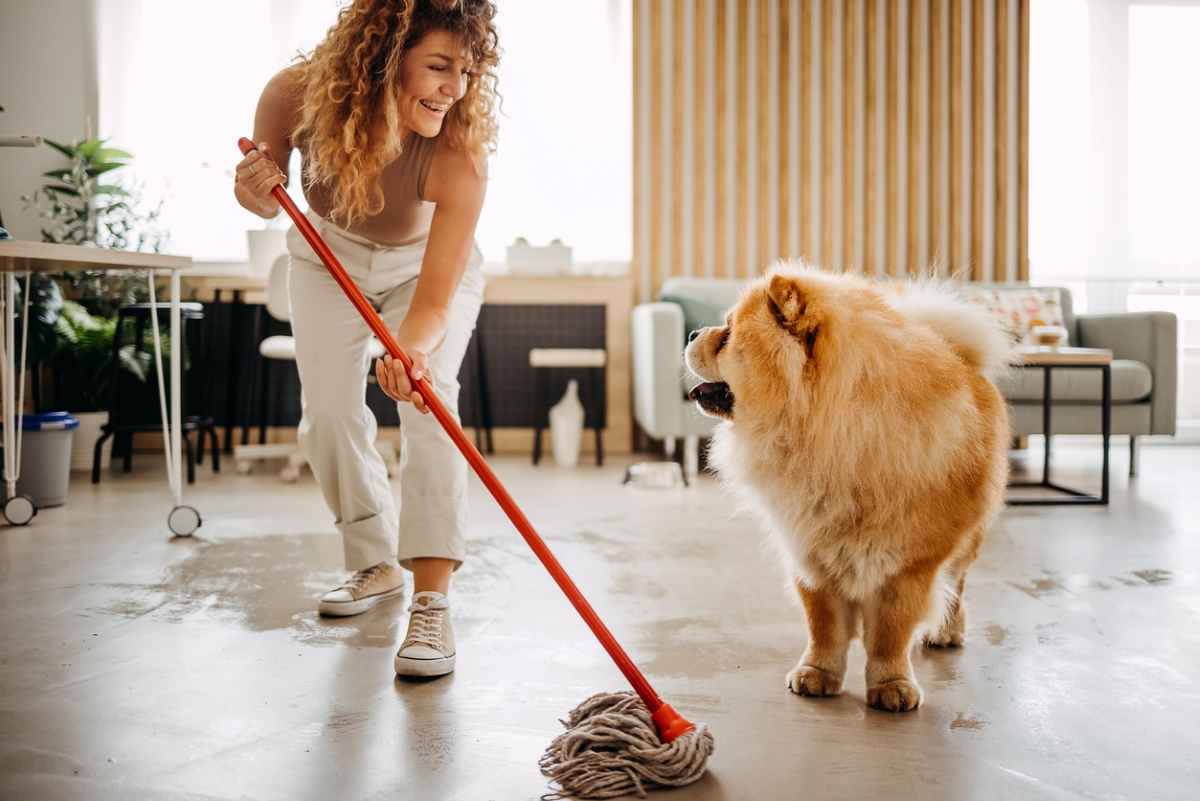

We may earn revenue from the products available on this page and participate in affiliate programs. Learn More ›
Despite being your best furry friends, pets can make messes, damage furniture, and generally wreak havoc on the home. For pet owners who want to live peacefully with their fluffy or feathery companions, these cleaning hacks, DIY toys, and more will make your home a happy one for pets and people alike.
1. Conceal the litter boxes.
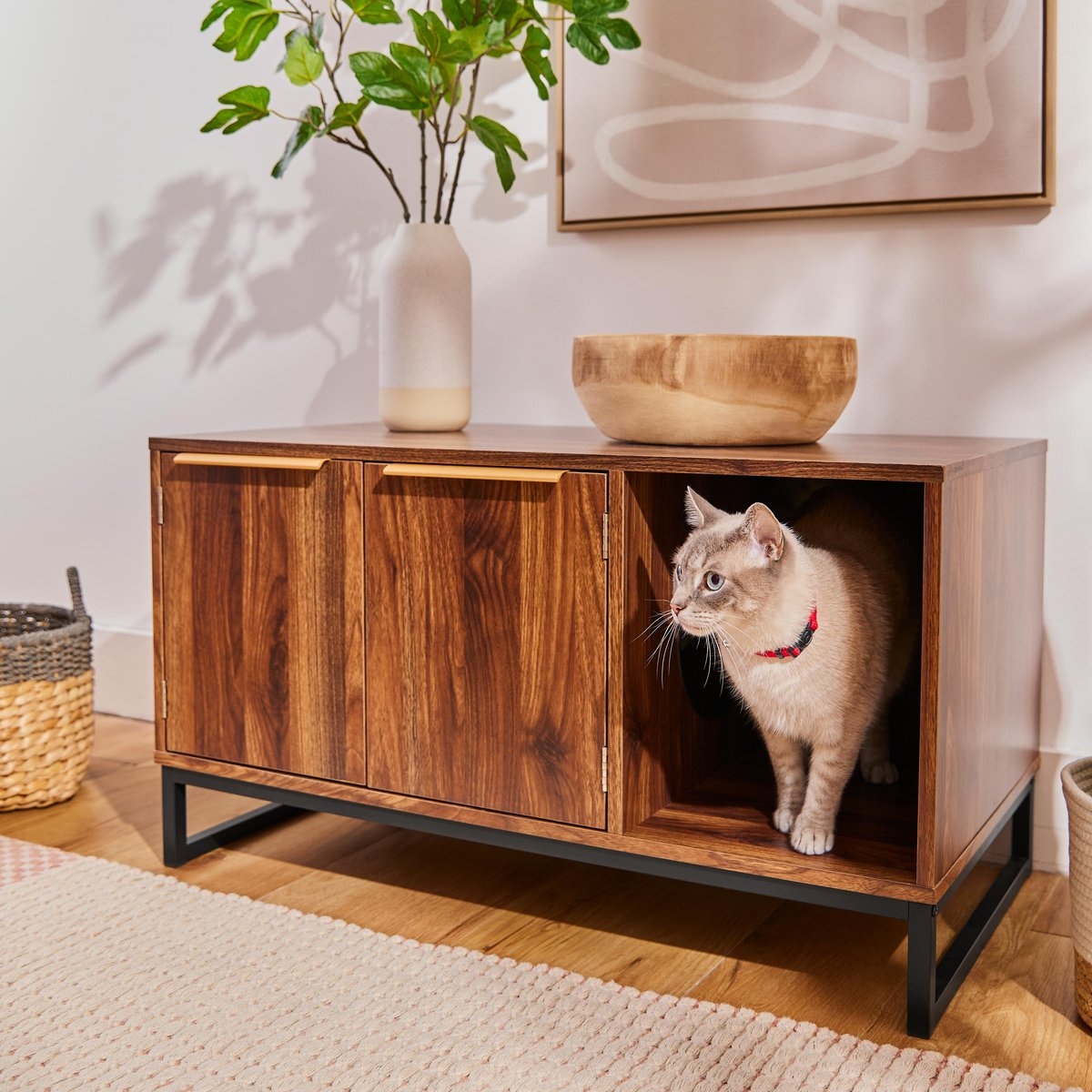
Cats need easy access to their litter box, but most homeowners don’t want to keep their feline’s toilet in plain sight. Eliminate that eyesore, and give your cat some privacy, by secreting away the litter box in an old laundry hamper or small cabinet. Cut a cat-size door in the side so your kitty can come and go as needed—or just slide a panel of an old media cabinet open. As an added bonus, the DIY litter box holder will help cut down on unwanted pet odors and tracked litter.
RELATED: 16 Insanely Clever Ways to Reuse Household Junk
2. Lay down a mess-minimizing mat.
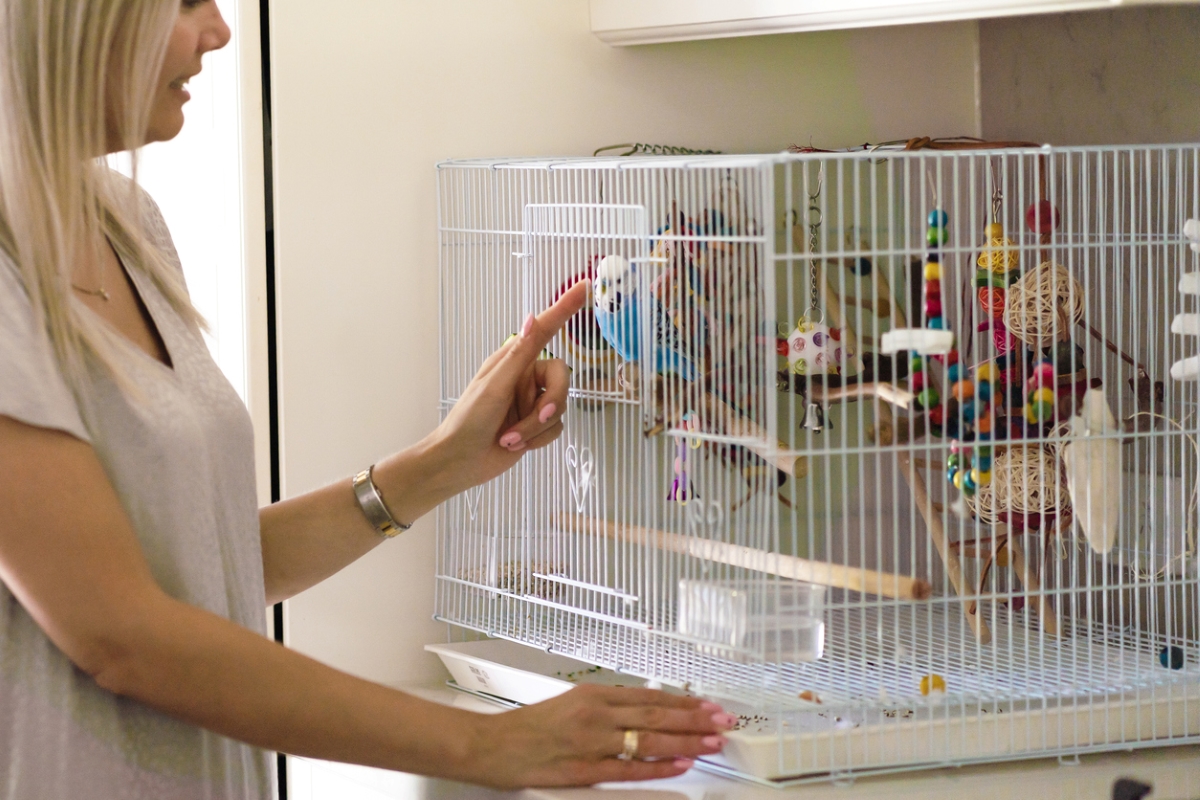
Although parrots and other birds are beautiful pets that are loaded with personality, they tend to make a mess. Try placing a desk chair mat underneath your birdcage to contain stray seed and droppings for easy cleanup.
3. Get clever with kibble storage.
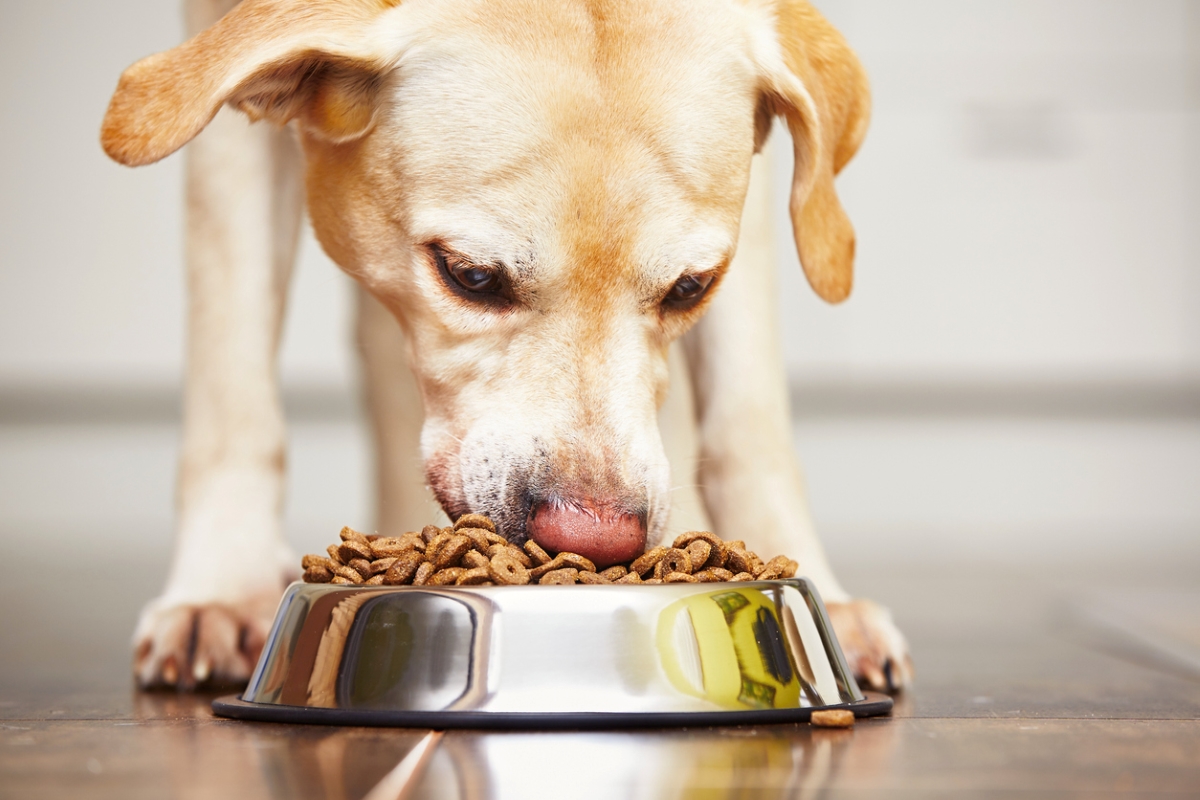
Those of us with four-legged friends would be well advised to store dry pet food in a large plastic pitcher, like the Buddeez 8-quart pet food storage container. Not only will the container keep kibble fresh, but being able to pour food directly into your pet’s bowl makes mealtime a breeze for pet parents.
4. Tackle pet hair with a squeegee.
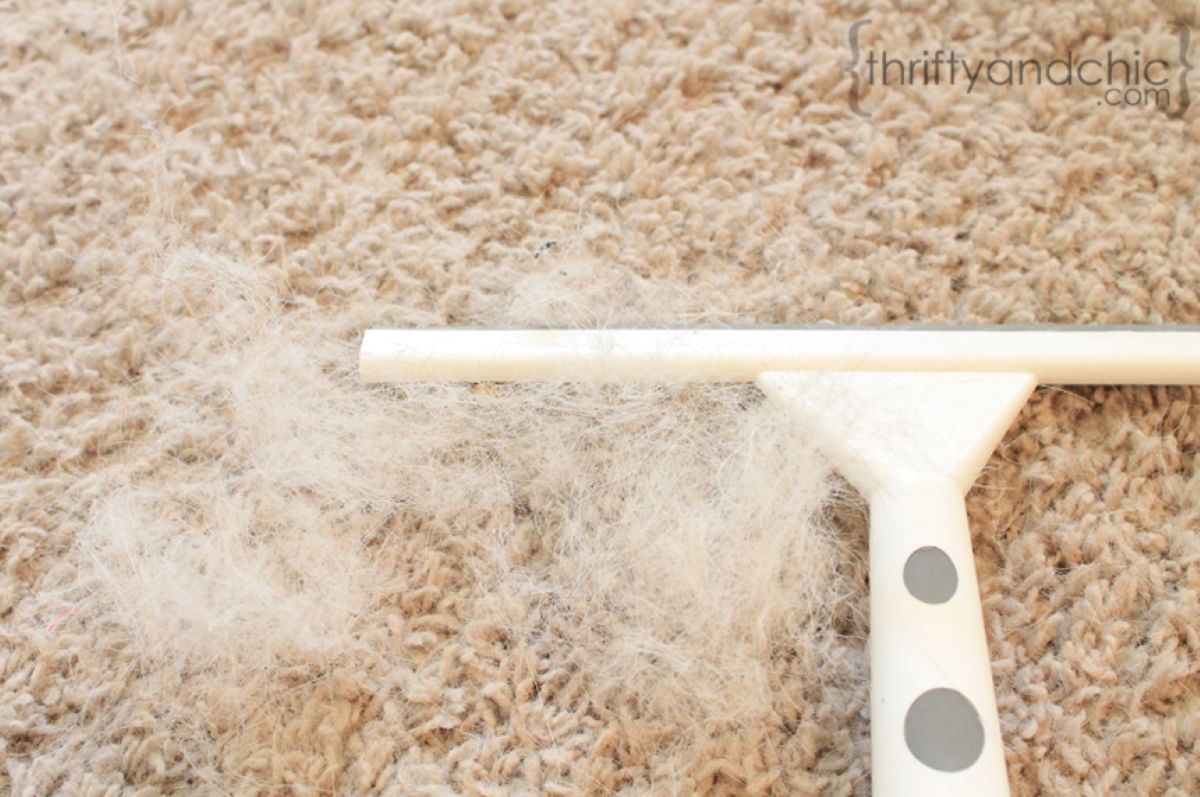
One of the biggest downsides of dog ownership is the never-ending collection of pet hair that piles up in the home. Eliminate fur from your carpet and upholstery by scraping those surfaces with a window squeegee. This bathroom tool keeps hair balls at bay, thus reducing allergens indoors.
5. Build a DIY pet enclosure.
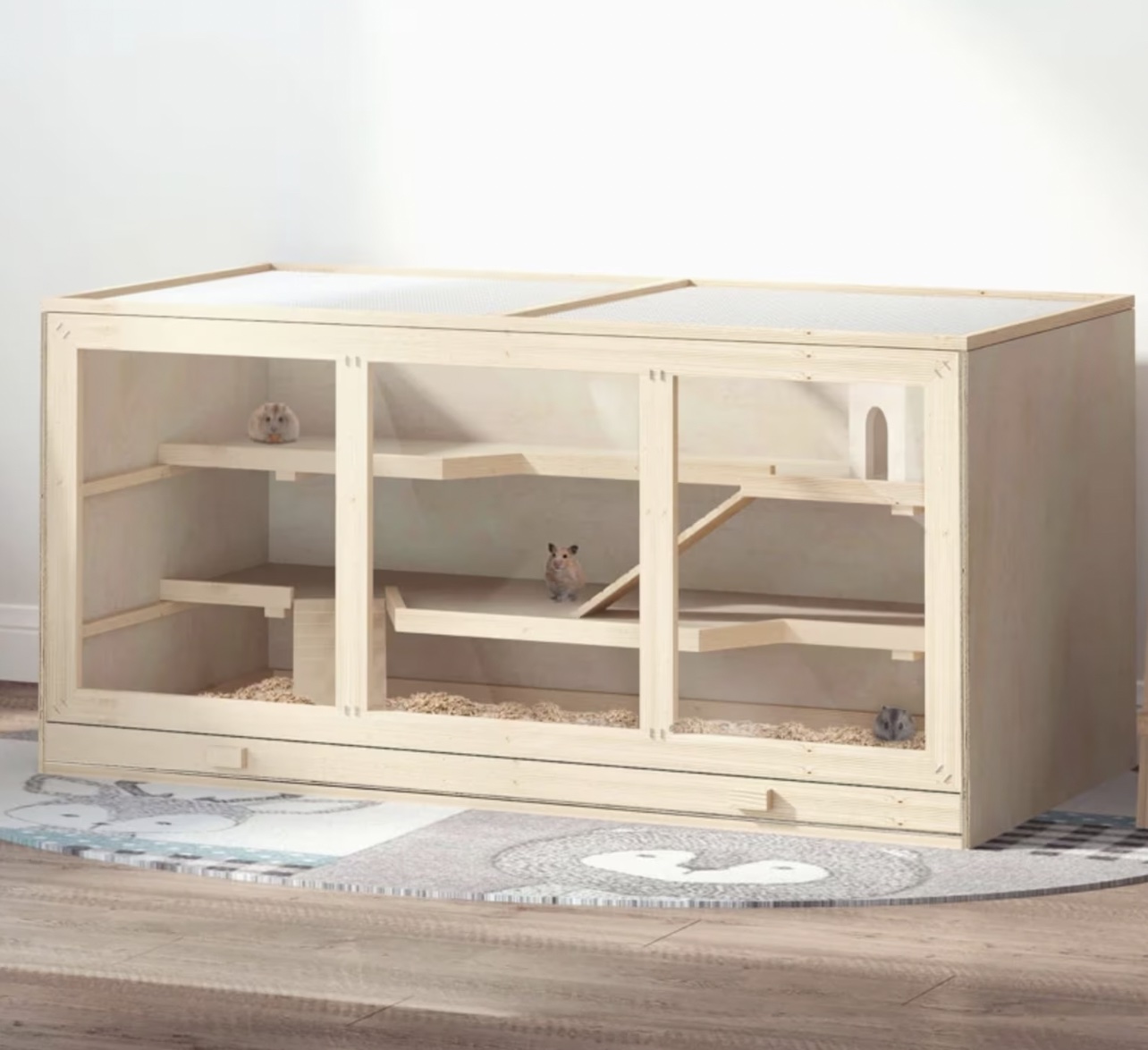
If you’d like to save the cash you could spend on a Critter Cage at a pet store, make your own DIY version, either from scratch or by transforming a suitably sized shelving unit. Tutorials for homemade pet cages abound on the internet, and most require little more than drilling holes and installing some glass or clear plastic. The finished product will likely be more attractive (and suited to your decor) than out-of-the box options in pet stores. (Pet lovers who aren’t handy can order this small-animal hutch from Etsy seller Affinity Pets.)
RELATED: 20 Insanely Easy Ways to Build Your Own Furniture
6. Make your own carpet odor eliminator.
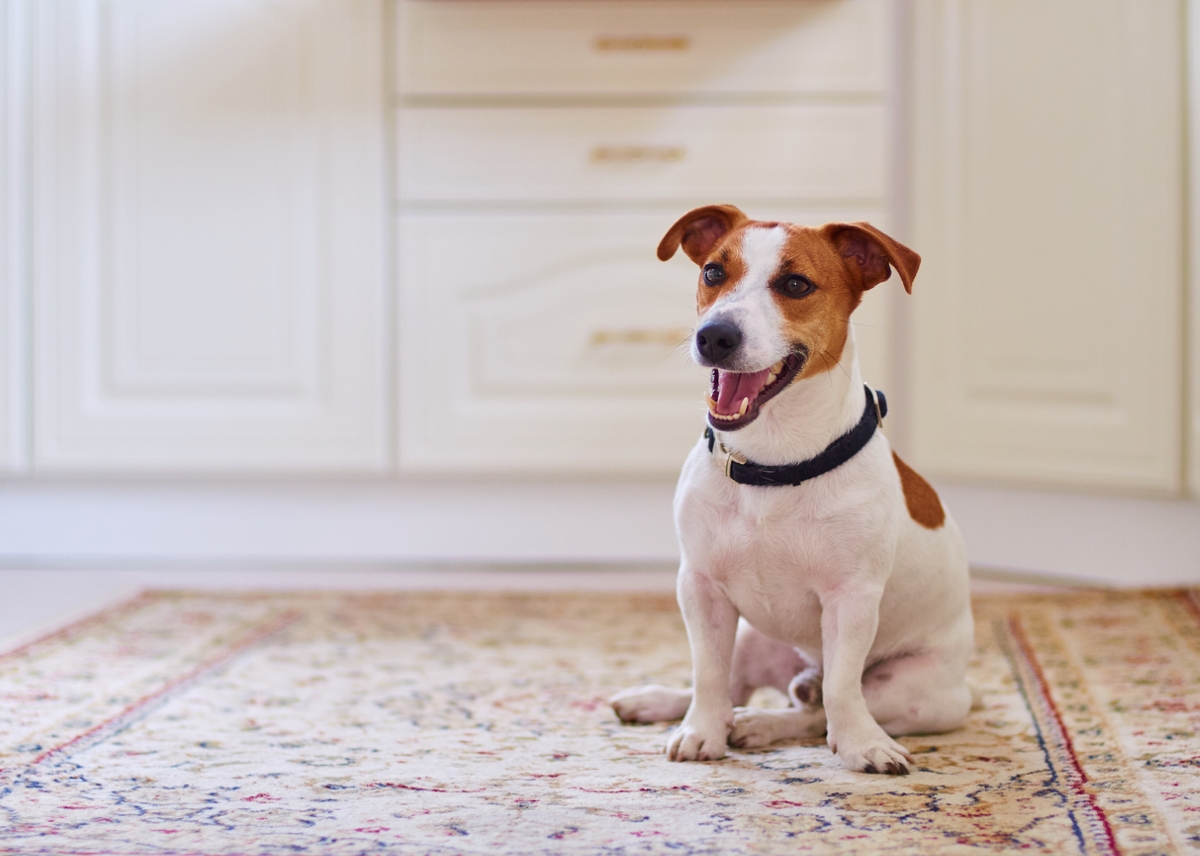
Unpleasant pet odors can seep into carpets, leaving a lingering scent in your home. To get rid of these pesky smells, whip up a DIY carpet powder to sprinkle on your floors whenever you vacuum for a boost of freshness. Check out One Good Thing by Jillee for a complete tutorial.
7. Provide built-in food and water bowls.

Pet bowls often slide around hardwood and tile floors during mealtime, potentially spilling water and kibble everywhere. Put an end to the mess by buying or constructing a built-in receptacle for the bowls. Simply measure and cut bowl-size holes into a small chest or bench, and lower your pet’s food and water into the holes.
8. Build a stylish pet bed.
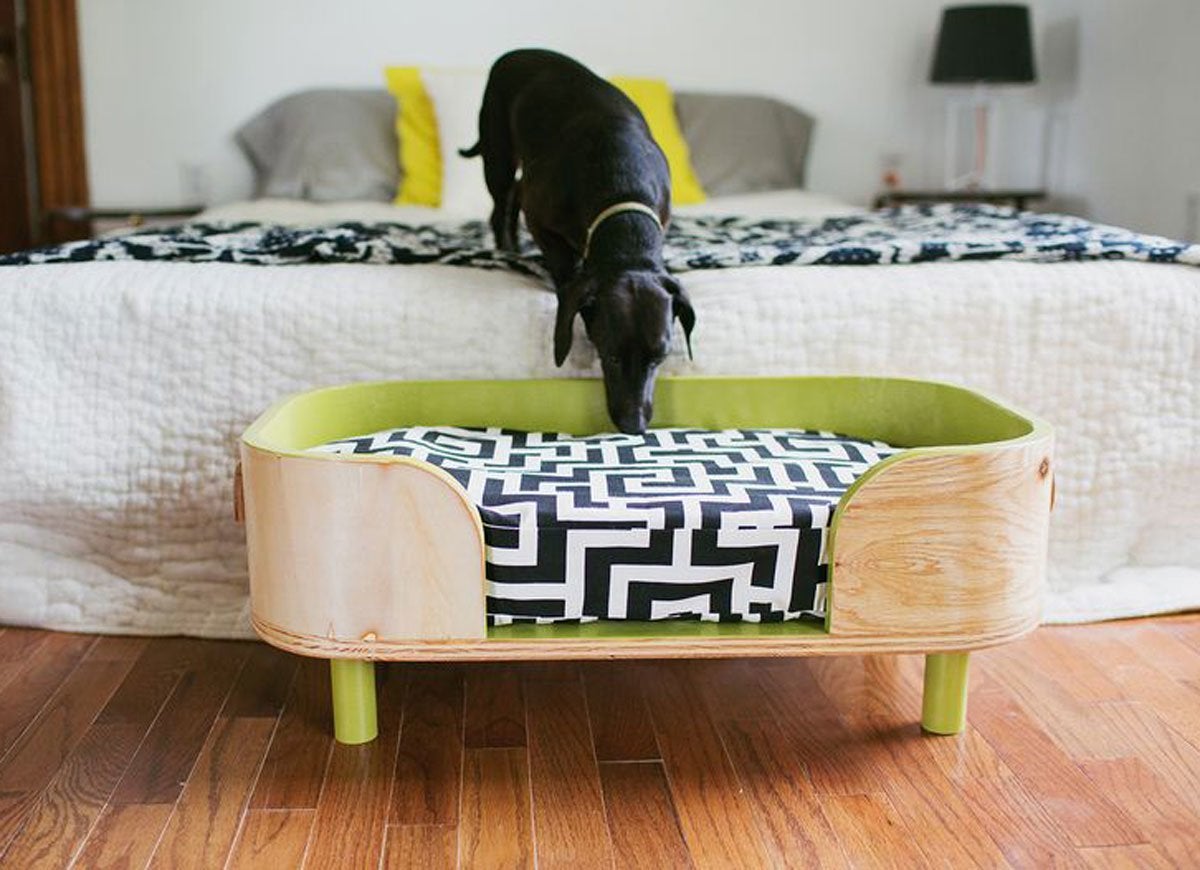
Instead of relying on a store-bought cushion or pet furniture, consider DIY-ing your own cat or dog bed with a few basic tools. You can paint and decorate the bed to match your home’s decor for a uniquely personalized touch.
9. Craft a carpet-lined cat tree.
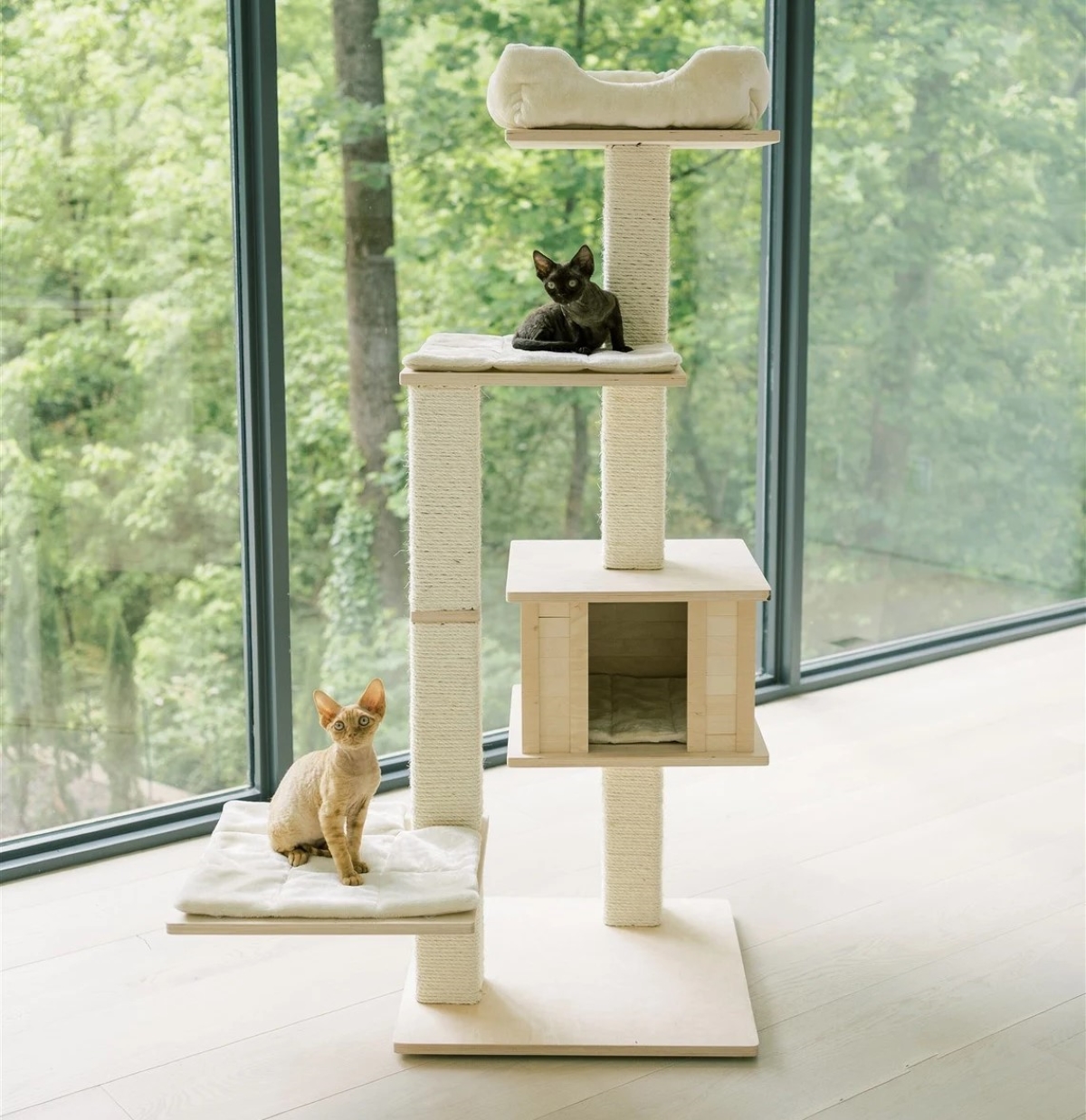
Cats adore climbing and scratching, but all those acrobatics can be surprisingly destructive. Keep your feline from creating chaos and ruining furniture by making carpet-lined cat trees or shelves. Your kitten will now be able to climb without consequence, and have a designated target for its claws!
RELATED: 10 House Hacks Every Pet Owner Needs to Know
10. Use a doggy doormat for muddy paws.
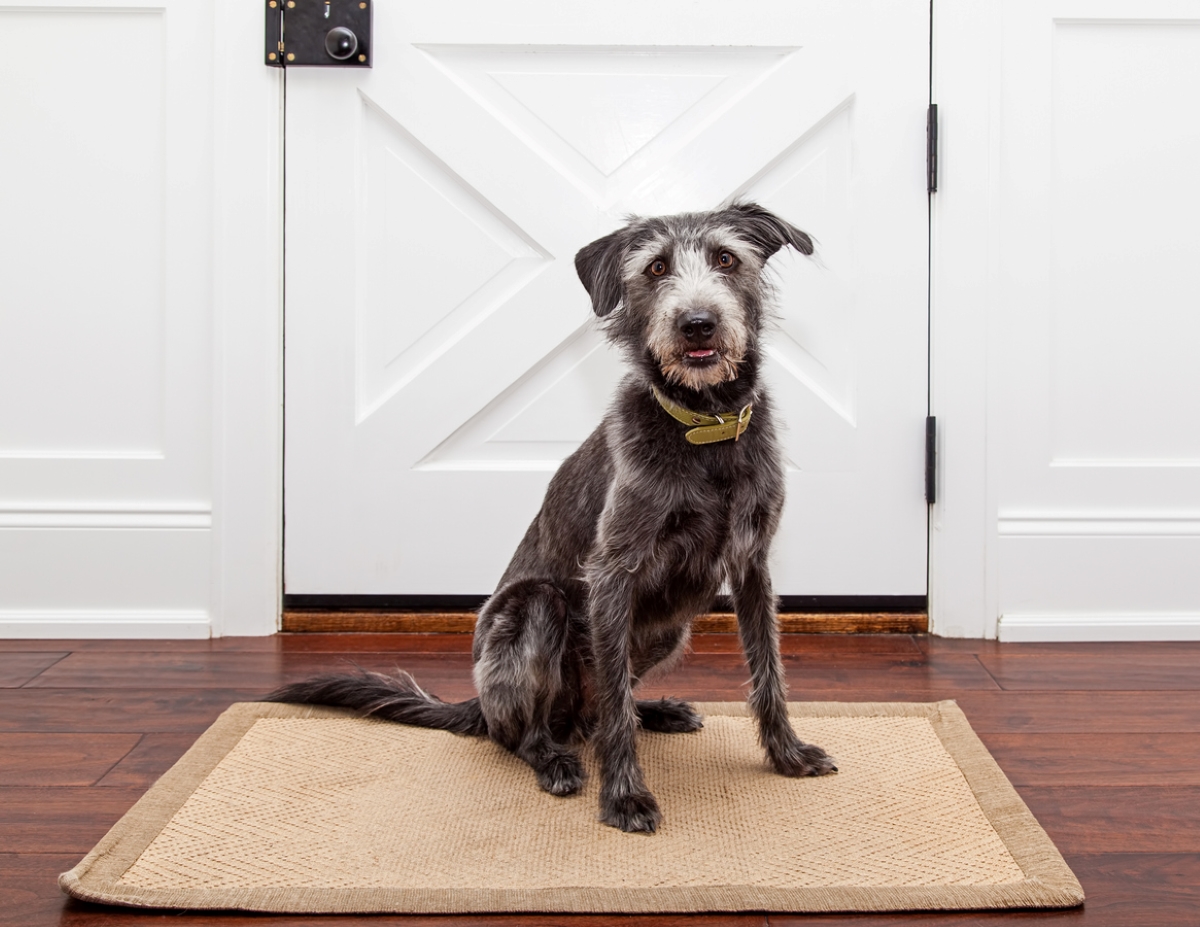
Whenever it rains, your dog will inevitably head for the muddiest part of the yard. To ensure that your canine doesn’t trail wet muck around your house, choose one entry door for use during inclement weather. Keep a towel and a heavy-duty doormat there, and train your dog to stay on the mat until you’ve wiped its paws. No more mud stains on the carpet!
11. Upcycle a sweatshirt into a dog bed.
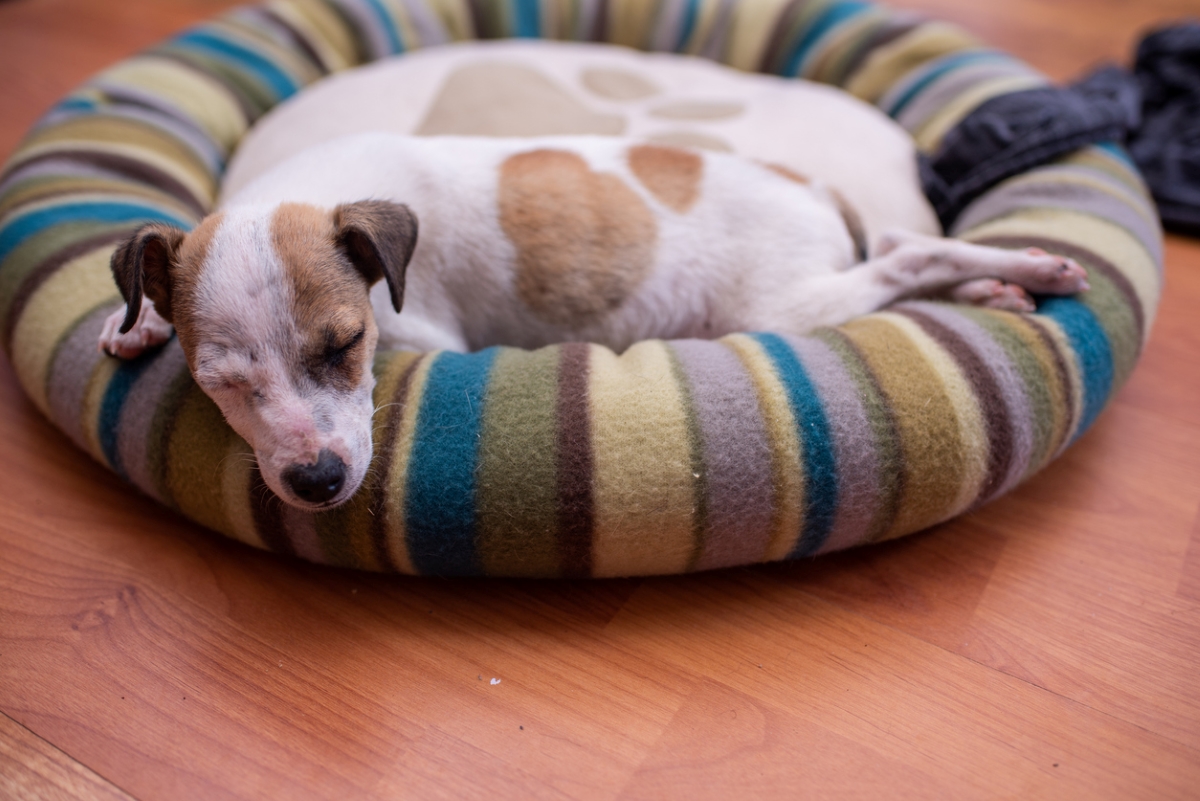
Instead of throwing away your old sweatshirts after your next closet cleanout, keep one to fashion into a functional dog bed. With only a few materials, including a sweatshirt, scissors, padding fabric (which can also be old socks and rags), and a needle and thread, you can whip up a dog bed like blogger Boogie the Pug did.
12. Keep a bag of walnuts on hand for scratches.
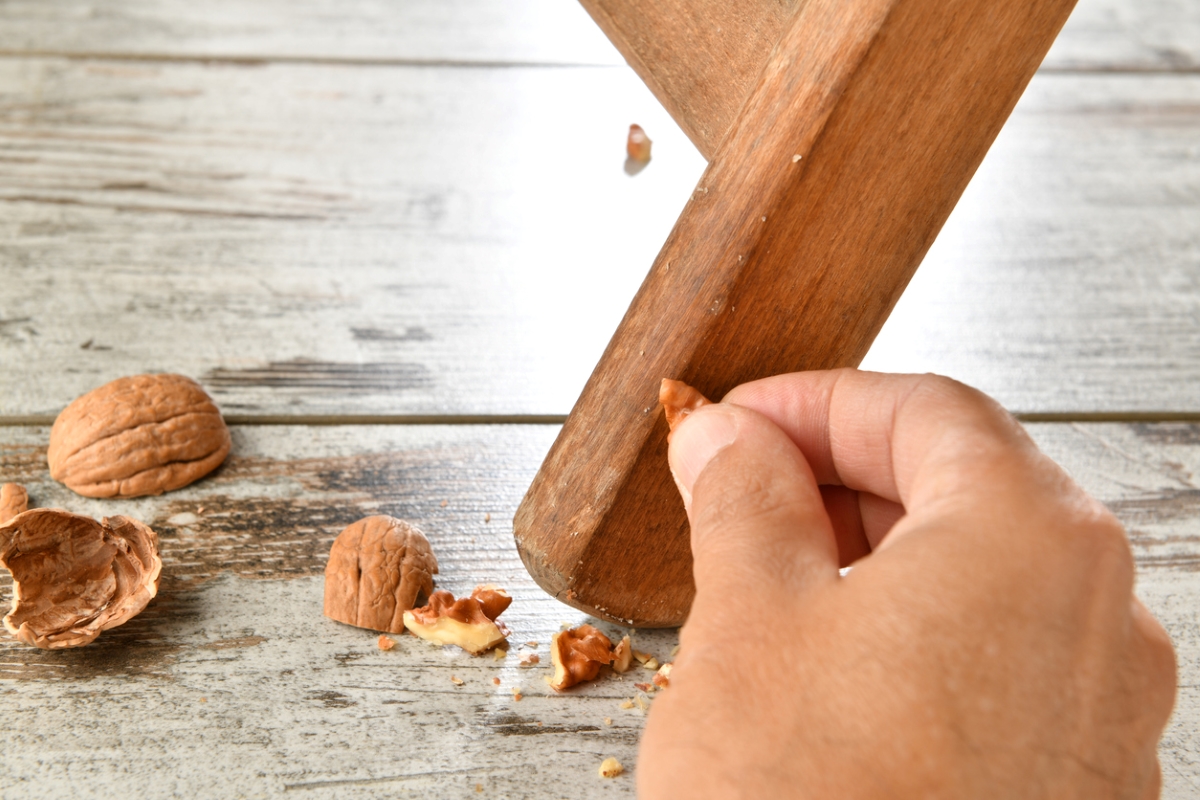
If you have a pet and wood furniture in the house, it can be a recipe for disaster. When scratches happen, simply rub a shelled walnut on the scratch in the direction of the wood grain and the surface should look good as new. This quick fix is one of the best, affordable and simplest ways to fix scratches on wood and keep your furniture looking like you don’t own pets with claws.
13. Bring a pantry treat to bathtime.
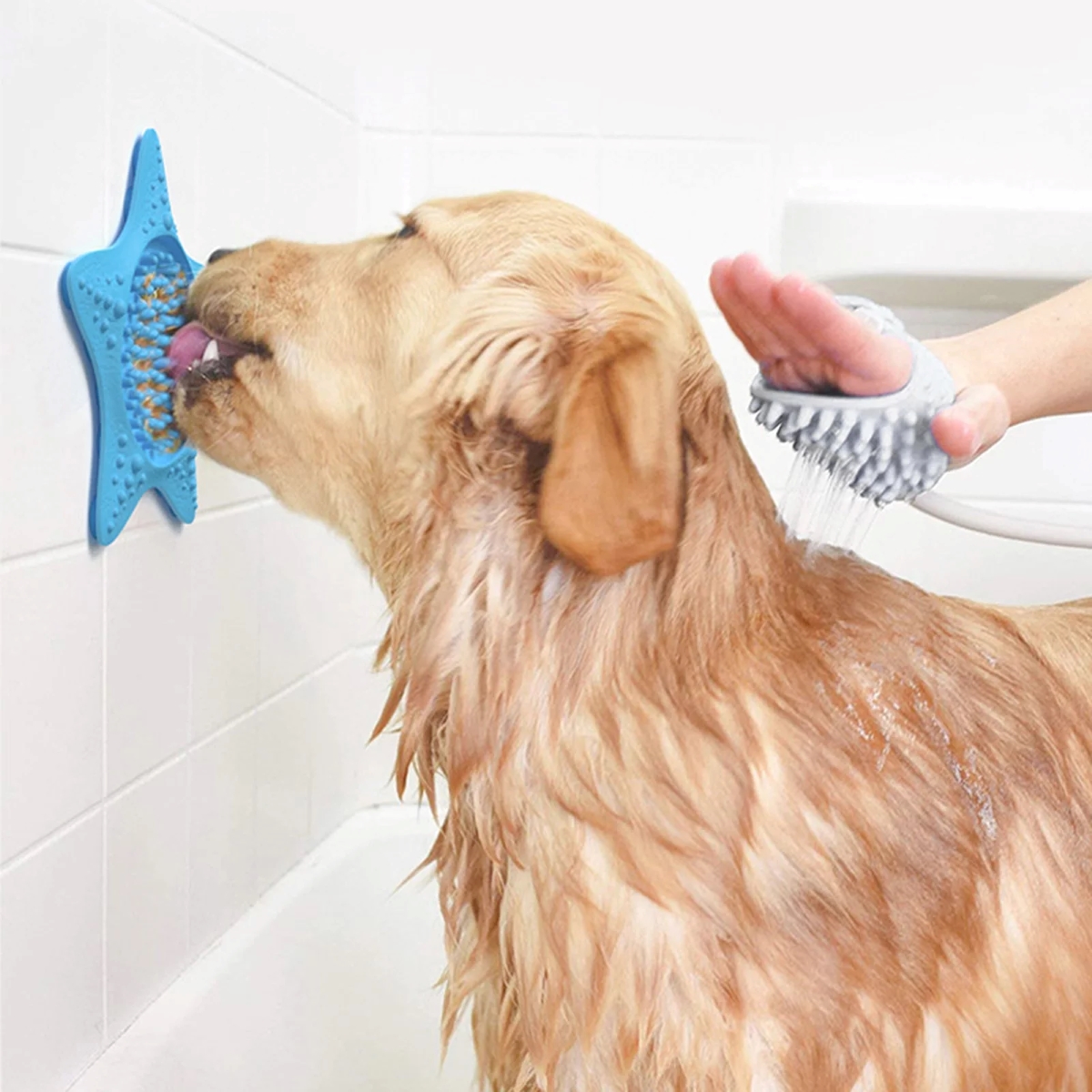
Many dogs hate baths, but without the occasional scrub down, they can bring odors and mess into your home. If your dog struggles to stay still in the bathtub, spread a generous amount of peanut butter on the tile wall for them to lick while you rinse them down. This keeps the dog focused on something other than the bath and is super easy to rinse off the shower when you’re done.
14. Discourage curious felines with aluminum foil.
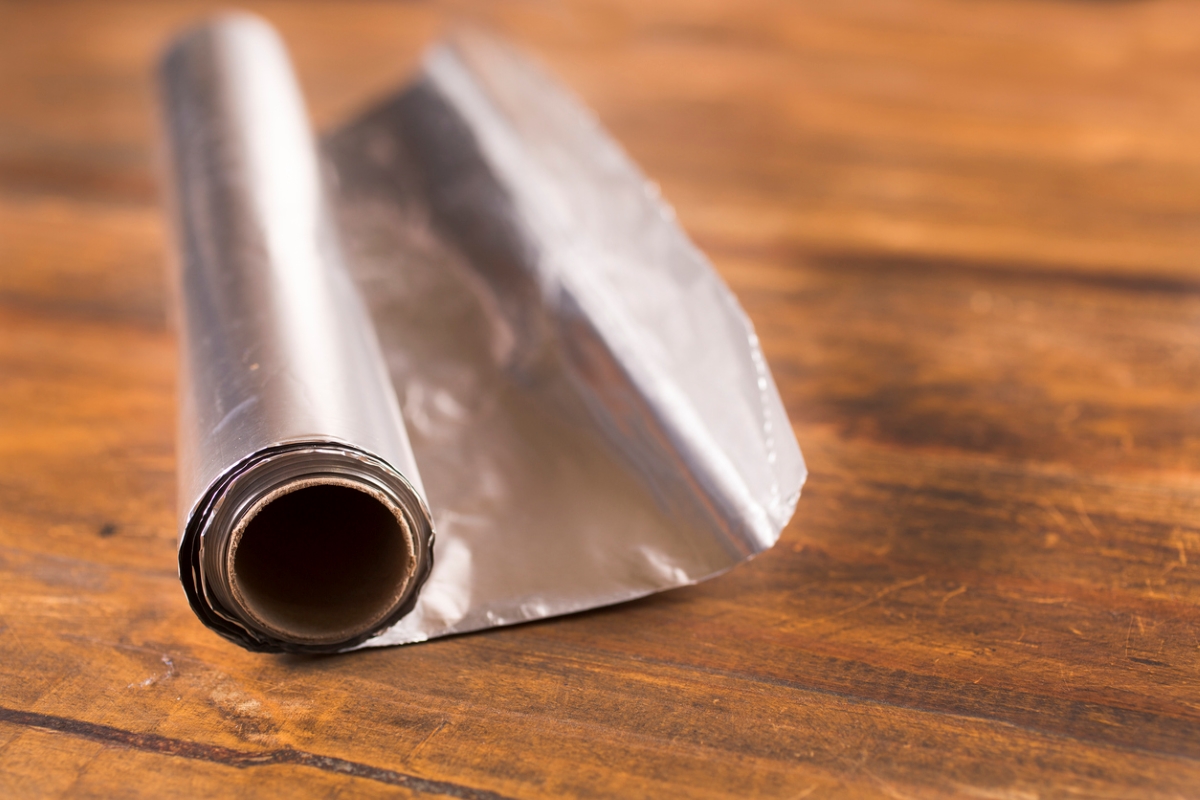
If you have a cat that confuses your furniture for a scratching post, this one’s for you! For some reason, cats really don’t like the texture of aluminum foil and will avoid it whenever possible. Some cat owners spread a sheet of aluminum foil on their kitchen counters, wrapped around furniture legs, or surrounding houseplants to keep their cats out of trouble.
15. Combat pet hair with dryer sheets.
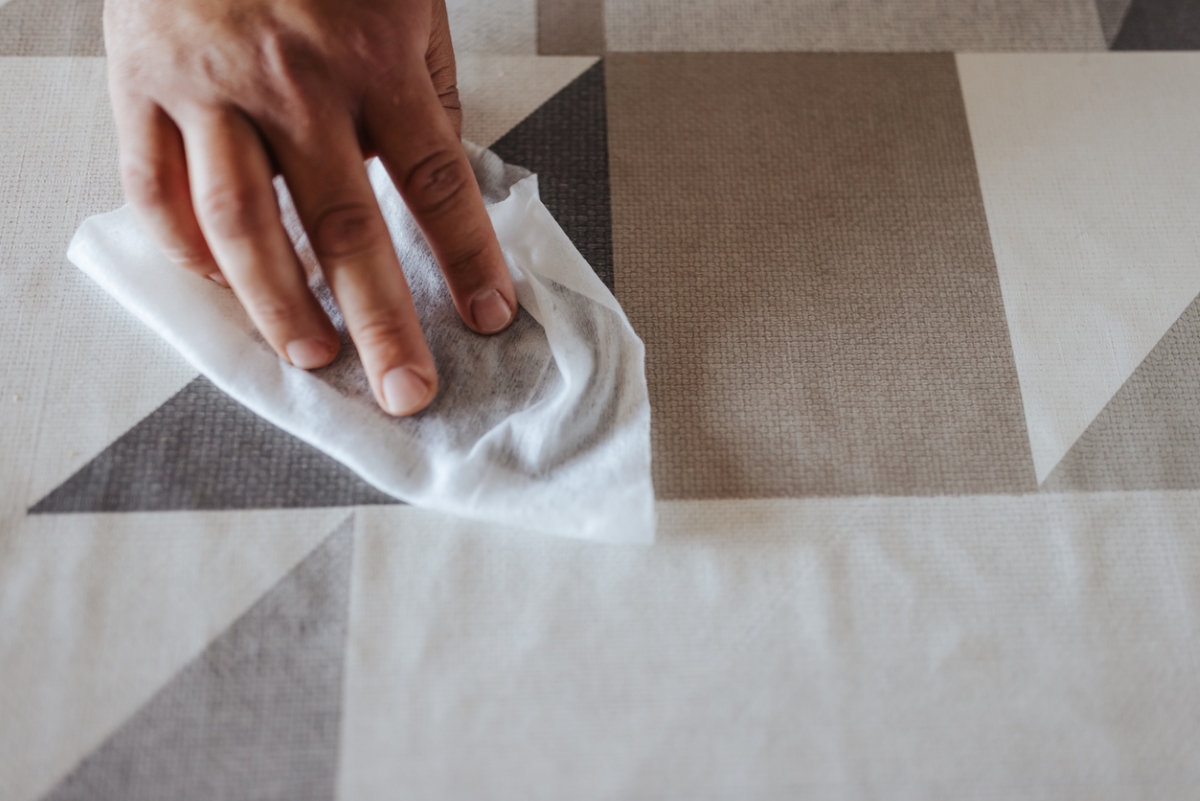
Pet lovers know how annoying it can be to have pet hair covering their home. One way to eliminate pet hair from furniture, carpet, and rugs is to swipe a dryer sheet over it. The dryer sheet will catch some of the dander and leave your home smelling fresh and clean.
